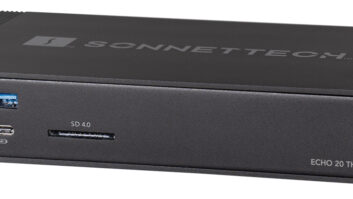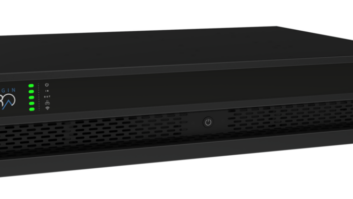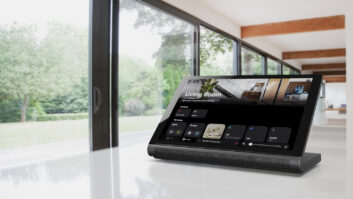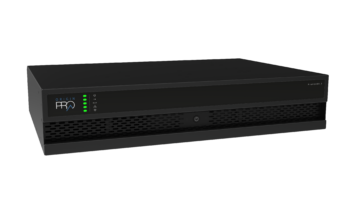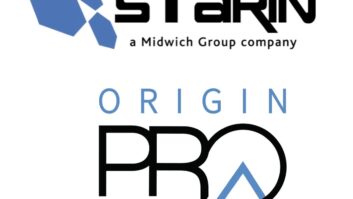Over the last 10 years, wireless audio streamers from Sonos and other brands have moved from being a niche market to mainstream household names. Early on, of course, home technology professionals viewed such wireless audio products as their nemesis and a serious challenge to their profitability. The natural reaction had been to criticize Sonos and others and try to push back from these whole-house audio platforms.
However, more and more home tech pros are blending the Sonos Connect and similar systems into their offerings to clients.

Bob MacDonaldBob MacDonald has recognized the opportunities presented by these technologies for quite some time. He not only runs his own San Francisco-based custom installation business, but also has served as director of product development for Parasound for the past 14 years. With direction from MacDonald, Parasound has developed its ZoneMaster and Z Custom product lines, tailored specifically for custom installation.
When MacDonald first started installing whole-house audio systems more than 15 years ago, like the majority of audio systems, they were keypad-based systems. With the smartphone came Sonos, a lower-cost solution that was faster to set up and easier for the homeowner to use. Rather than fight Sonos and the Connect, MacDonald accepted it and used the client’s extra budget on more rooms of audio, better speakers, better amps, subwoofers, etc. He was happy and his client was happy. The only issue, he recalled, was that the Sonos Connect was never intended as a high-end CI product. The sound quality of the built-in DAC is not great, he said, there was no subwoofer output, and there were no crossovers or even a 12V trigger output. Out of these limitations MacDonald came up with the idea of the 4 DAX.
The goal of Parasound’s 4 DAX is to take the Sonos Connect and transform it into “a real CI product,” according to MacDonald. The product, he said, also opens up new opportunities for profit that can be lost from using a lower-margin device such as the Sonos Connect, Apple Airport Express, or the Google Chromecast Audio.
To extract the most performance out of the Sonos Connect, each zone would need separate DACs, crossover, power supplies, and lots of wires. MacDonald saw the immediate advantage of a single, one-rack-space, four-zone DAC with crossovers. It didn’t take long for him to convince Parasound’s president, Richard Schram, to build the ZoneMaster 4 DAX specifically targeting the installers of the Connect and similar devices.

In addition to the multiple high-resolution DACs, the 4 DAX can accommodate a variety of different types of speaker systems. One zone might be used with a powerful amp to drive premium full-range speakers and a subwoofer. Another might be a string of mono ceiling speakers, or several stereo in-wall speakers. With its built-in analog 80Hz crossovers, the 4 DAX can be configured for any of these needs.
Home tech pros have learned to profit while installing low-margin products such as flat screen TVs. You don’t stop selling TVs just because there is no margin; you use it as an opportunity to sell speakers, wall mounts, cables, subwoofers, surround sound etc. to build a better system for the client. For MacDonald and Parasound, the ZoneMaster 4 DAX is an extension of that same philosophy.


